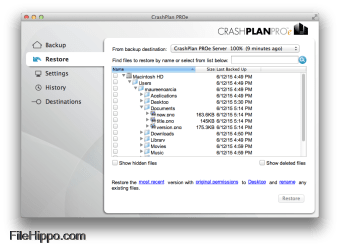
“We have taken a truly unique technology approach to solve the problem of trust,” said Rob Juncker, chief technology officer with Code42. This automated comparison infers when a file has gone to an untrusted destination, such as a personal endpoint device, laptop or cloud account. This innovative technology detects when files leave the boundary of trusted (monitored) locations and associates risk if a file upload or download does not reach a corporate device or cloud system.
:max_bytes(150000):strip_icc()/crashplan-logo-c13a17a0c16a4367b3698d43ab74e7f1.png)
With the adoption of single-sign-on and cloud applications, employees are often able to sign into their corporate accounts from any device – including their personal laptops and phones.

Urgency is growing to gain visibility into this activity, with more than half (56%) of security leaders saying it is a moderate or top priority to determine whether employees may be exfiltrating data this way.


Today, 91% of information security leaders are likely to exfiltrate data from corporate systems via mobile phones. By identifying when a file moves to an unmonitored device, Incydr alerts security teams to blindspots, with the critical context – what type of information is being exposed, from where and similar historical events – necessary to take fast action. Shown in this diagram is how Incydr uses an Inferred Trust model to detect when a file is downloaded to a destination outside an organization’s trusted environment. The Code42® Incydr™ product can automatically detect data exposure movement from trusted corporate systems to unmonitored devices, such as personal mobile phones, laptops and tablets.


 0 kommentar(er)
0 kommentar(er)
